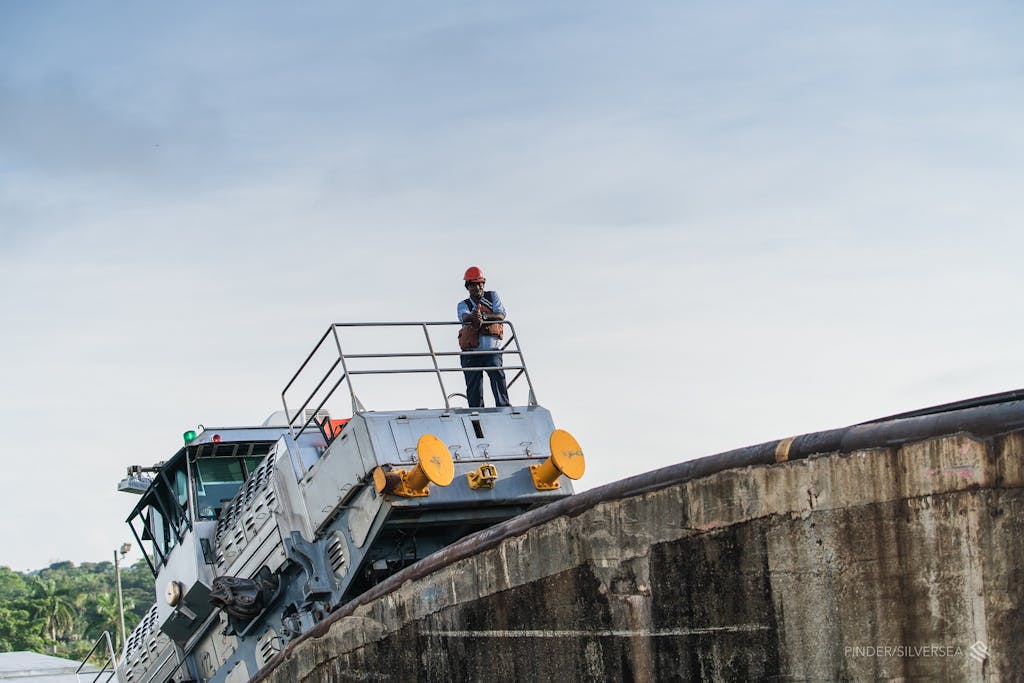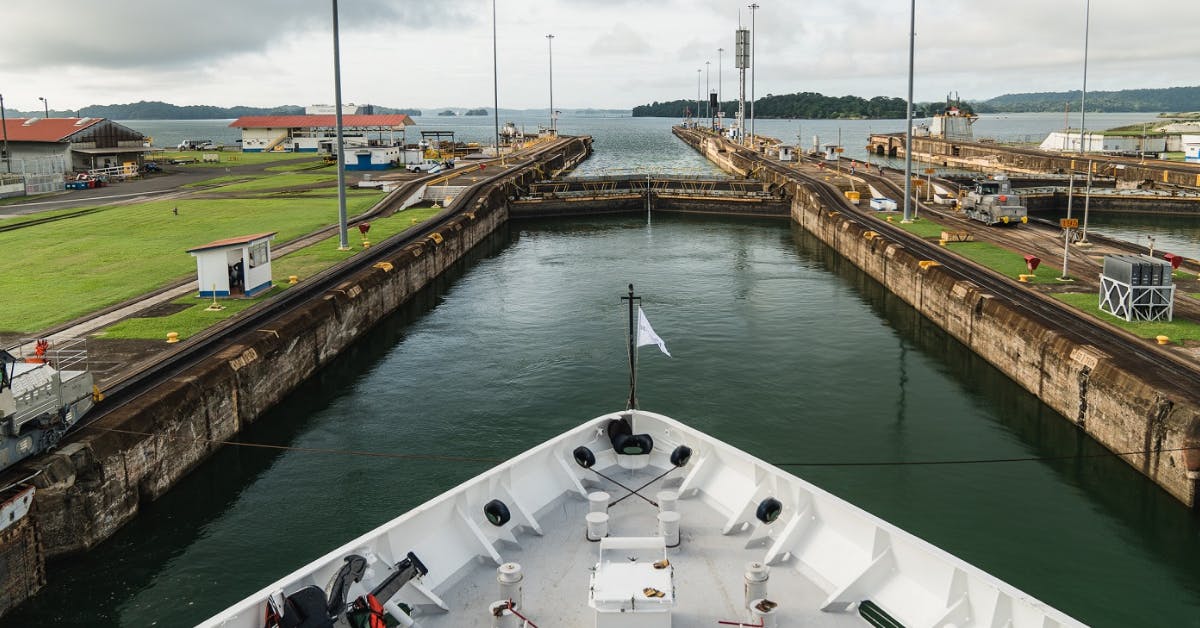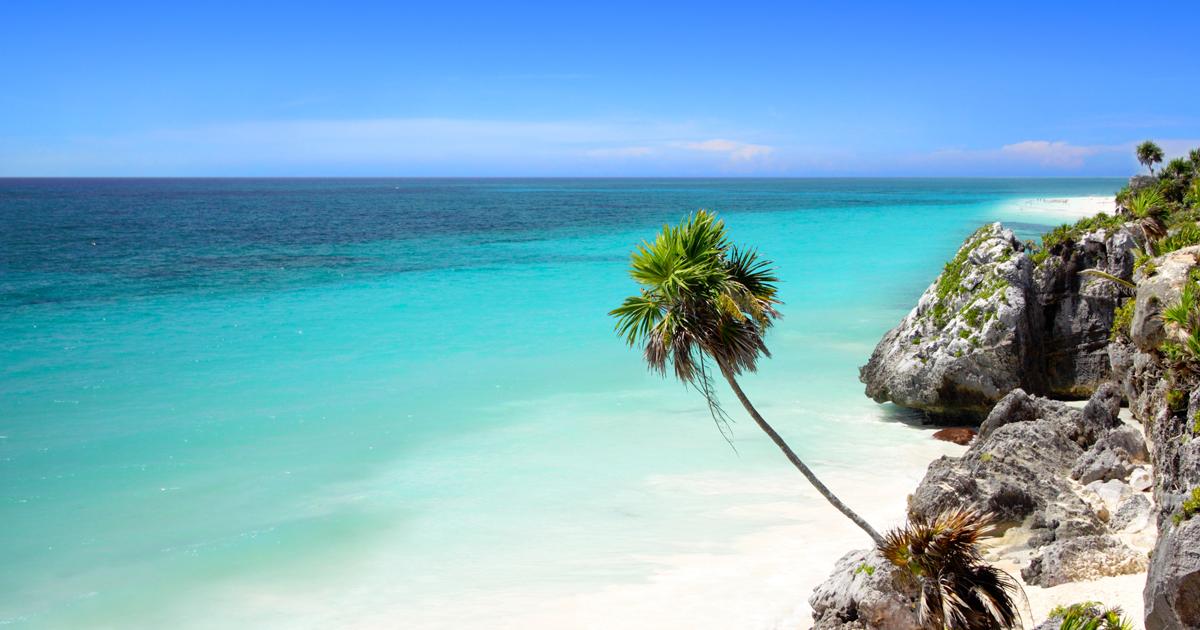Our Insider’s Guide: Cruising the Panama Canal
A Panama Canal crossing is quite unlike any other seafaring experience available. From the moment your ship glides into the narrow lock to cross from one ocean to another, it becomes clear that the most dramatic way to experience the Panama Canal is on the water.
Where is the Panama Canal? And why is the Panama Canal Important?
The construction of the Panama Canal took more than a decade and cost nearly $400 million. By the time it was completed in 1914, the Panama Canal had created a shorter and more economical shipping route between the Atlantic and Pacific Oceans, dissecting Central America to simplify the transportation of goods. Today, ships pass through the 48-mile-long waterway about 11,000 times each year without the need to navigate around Cape Horn or the Straight of Magellan. It was a bold project made possible by ground-breaking engineering, and there’s still nothing else like it on earth.
The Panama Canal works by moving ships from one ocean to another through inland waterways. But because those waterways lead down to sea level, six lock chambers (three on the Pacific side and three on the Atlantic side) each work as elevators. Gatun Lake holds the massive amounts of water needed to operate this system that raises and lowers ships from sea level up to the level of this reservoir and then back down again.
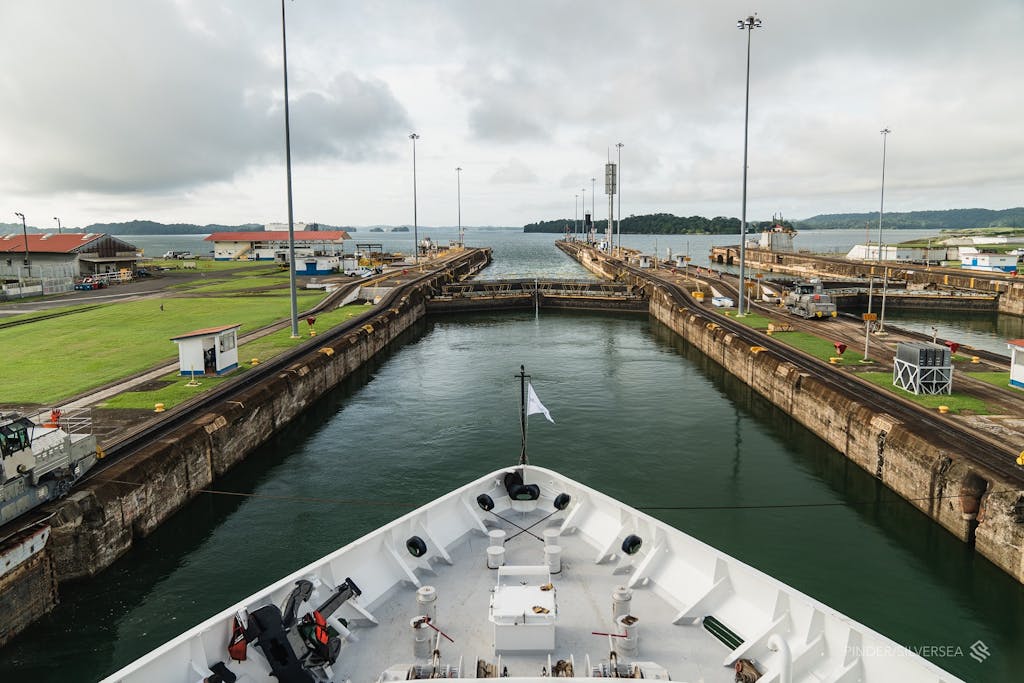
The Deck Offers the Best Seat in the House
How long does it take for a ship to pass through the Panama Canal? The full Panama Canal crossing from the Pacific to the Atlantic (or vice versa) takes an average of 8 to 10 hours. Much of that time is spent peacefully navigating flat waterways like Gatun Lake and the Culebra Cut, an artificial valley running through the Continental Divide, and scanning the shoreline to spot monkeys and birds. While passing through the locks, however, the action picks up.
Traveling from the Atlantic to the Pacific, your ship first enters the three Gatun Locks, which raise it 85 feet (26 meters) from sea level to reach the level of Gatun Lake. The process is so slow and smooth that it feels like nothing at all is happening, but as you watch the walls of the lock, you can measure your ship’s steady progress. After navigating across Gatun Lake, your ship enters the Pedro Miguel Lock, where it’s lowered 31 feet (9.5 meters). The two Miraflores Locks do the rest of the work, moving your ship 54 feet (16.5 meters) back down to sea level. This process reverses when traveling from the Pacific to the Atlantic.
The sensation of traveling smoothly up and down through each lock as more than 100,000 cubic meters of water moves slowly in and out is almost meditative. It’s also a real-world physics lesson that you don’t have to be a scientist to appreciate it.
As your ship delicately enters each lock during a Panama Canal cruise, it may seem like a tight fit—depending on the size of the ship. Many ships are built precisely to lock dimensions that leave just inches between the sides of your vessel and the massive concrete walls of the locks. After cruising on the open ocean, seeing your ship in such a tight space is thrilling.
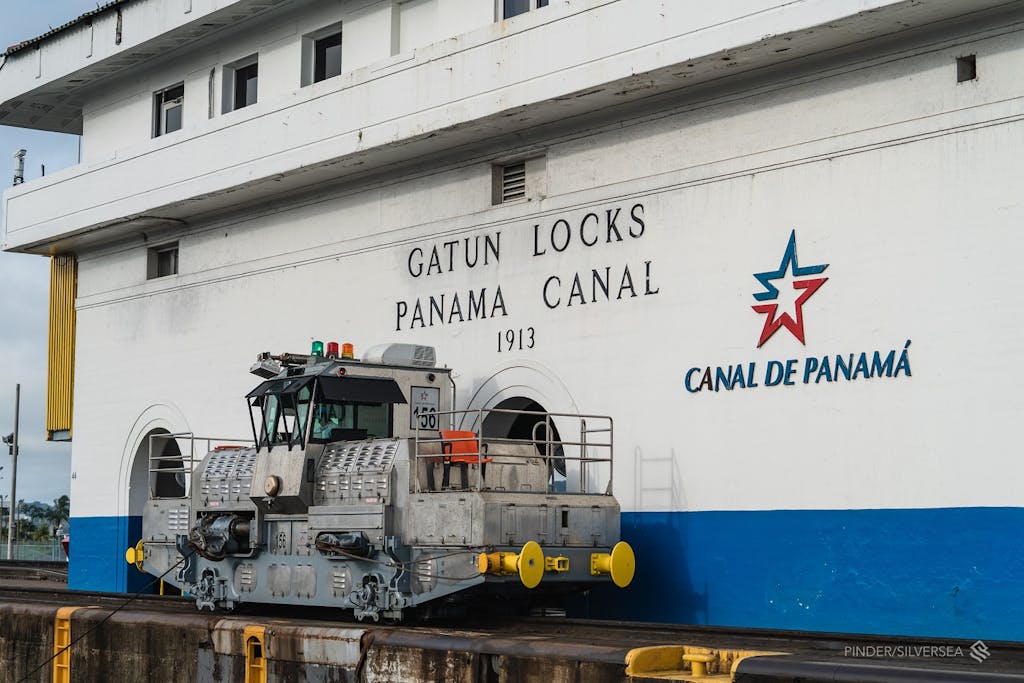
Each Panama Canal Crossing Brings History to Life
During your Panama Canal cruise, remember that the waterway is more than 100 years old, and much of the infrastructure is original. From the front or back of your ship, check out the original steel doors on both ends of each lock. They may look old or hand-crafted, even, and perhaps sturdy enough to hold back tons of water. But they’re actually engineering marvels. Though each steel door weighs up to 662 tons, their semi-hollow construction means they can be operated reliably by two 25-horsepower motors.
There are three observation decks at locks along the Panama Canal. As your ship moves through, you and your vessel become a fascinating focal point for canal watchers. The Gatún Lock, which has a small grandstand seating area, happens to be the longest and most dramatic lock in the canal.
Even the most stoic of passengers should prepare for their waving arms to tire from greeting those onshore. They’re sure to enthusiastically watch your precise passage from ocean to ocean thanks to the Panama Canal’s enduring engineering wonders.
Here is how to choose a Panama Canal cruise.
